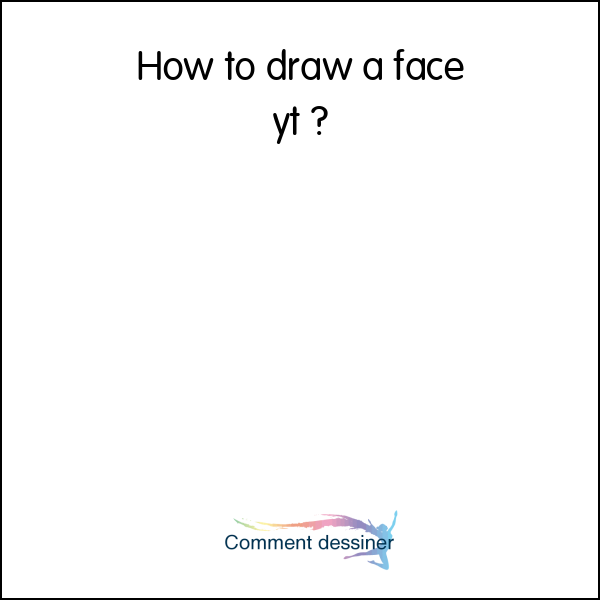Step 1: Understand the Basics of Drawing a Face
The first step in learning how to draw a face is to understand the basics of facial anatomy. Knowing the structure of the face, including the eyes, nose, mouth, and ears will help you to create a more realistic face. It’s also important to understand the different proportions of the face, including the size of the eyes, nose and lips. Once you understand the structure and proportions of the face, you can begin sketching out a basic outline of the face.
Once you have a basic outline, you can begin to add details such as the eyes and eyebrows, nose, mouth, and ears. When sketching the eyes, it is important to pay attention to the size, shape, and position of the eyes. The eyes should be the same size and shape, and should be placed in the center of the face. You can also use reference images such as photographs or illustrations to help you draw the eyes. Additionally, you can use shading and highlights to give the eyes a realistic look.
Step 2: Practice Sketching Facial Features
The next step in learning how to draw a face is to practice sketching the different facial features. Start by sketching the eyes, nose, lips, and ears. Pay attention to the size and shape of the features, and use reference images to help you draw them accurately. Once you have sketched the features, you can use shading and highlights to give them a realistic look. Additionally, practice sketching the different facial expressions such as a smile, frown, and surprise. This will help you create more dynamic and realistic faces.
When sketching the face, it is important to pay attention to the angles and proportions of the features. For example, the eyes should be the same size, and the lips should be in proportion with the nose and eyes. Additionally, the eyes should be placed in the center of the face, and the eyebrows should be placed slightly above the eyes.
Step 3: Use Different Shading Techniques
In order to create a realistic face, it is important to use different shading techniques. This includes using hatching, cross-hatching, and stippling. These techniques can help you create shadows, highlights, and textures. Additionally, you can use different tones of shading such as light, medium, and dark. This will help you give the face a more realistic look.
When using shading techniques, it is important to pay attention to the direction of the strokes. For example, when shading the eyes, the strokes should be going in the same direction. Additionally, you can use different tones of shading to create shadows and highlights. This will help give the face a more three-dimensional look.
Step 4: Add Details
Once you have sketched out the basic outline of the face, you can begin to add details. This includes adding hair, eyelashes, freckles, and other details. Additionally, you can use shading and highlights to give the face a more realistic look.
When adding details, it is important to pay attention to the size and shape of the features. For example, the eyes should be the same size, and the hair should be in proportion with the face. Additionally, the eyes should be placed in the center of the face, and the eyebrows should be placed slightly above the eyes.
Step 5: Add Color
The final step in learning how to draw a face is to add color. This can be done using markers, colored pencils, or paints. When adding color, it is important to use different shades of the same color to create shadows, highlights, and texture. Additionally, you can use different tones of shading to give the face a more realistic look.
When adding color, it is important to use light and medium tones to create shadows, and dark tones to create highlights. Additionally, it is important to pay attention to the direction of the strokes. For example, when shading the eyes, the strokes should be going in the same direction. This will help to create a more realistic look.
Conclusion
Learning how to draw a face is an important skill for any artist. It requires practice, patience, and understanding of facial anatomy and proportions. Additionally, it is important to use different shading techniques, and to pay attention to the size and shape of the features. Lastly, adding color will help to give the face a more realistic look. With practice and dedication, anyone can learn how to draw a face.
